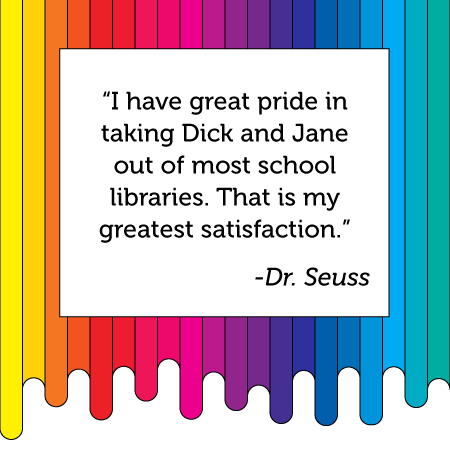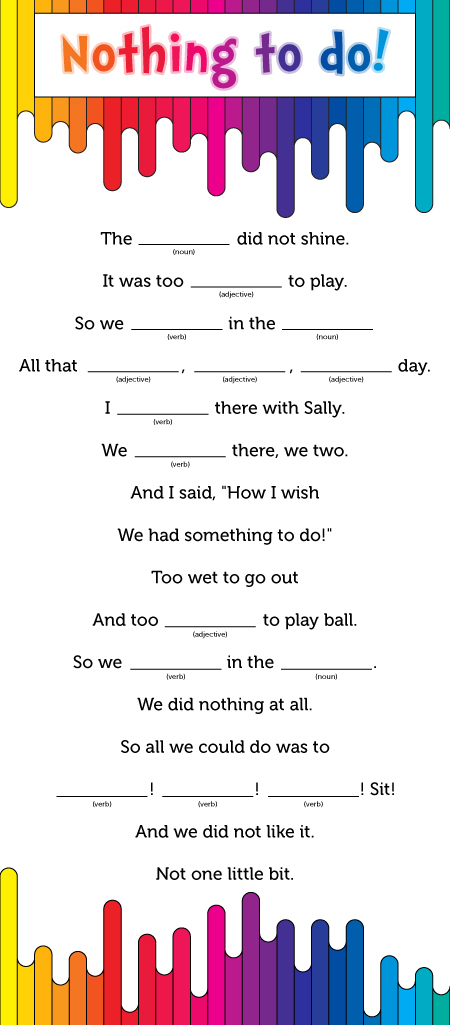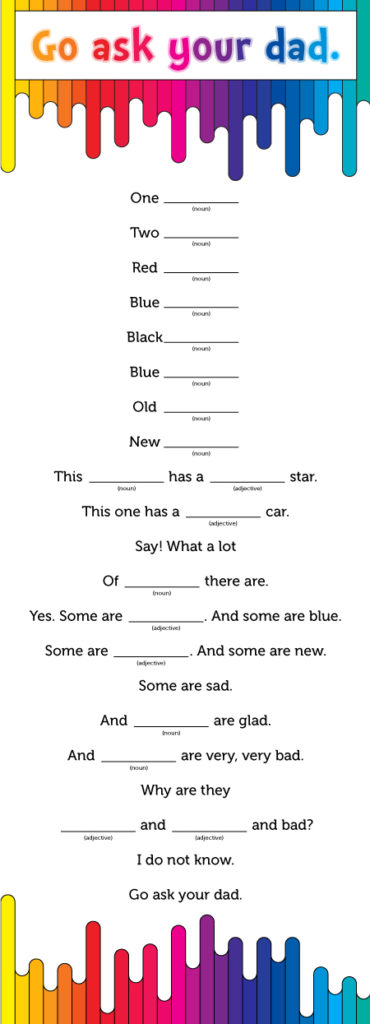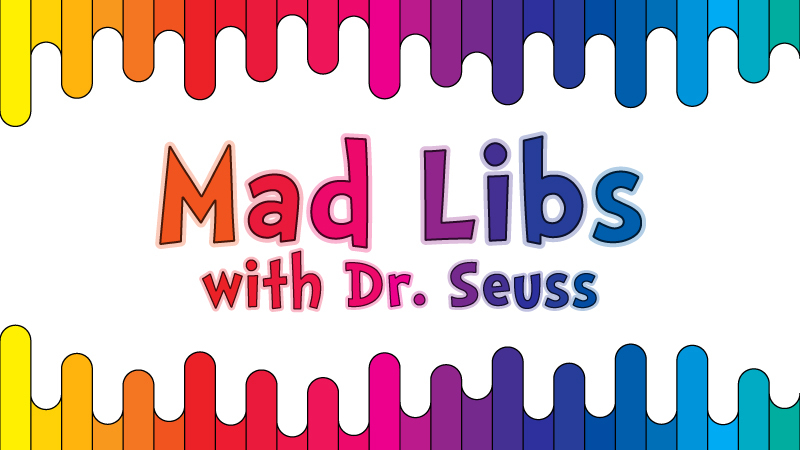If Dr. Seuss isn’t the most famous children’s author of all time, he’s near the top of the list. Not only has Theodor Seuss Geisel, under the pen name Dr. Seuss, received prestigious honors like the Children’s Literature Legacy Award and the Pulitzer Prize, he remains a household name 82 years after his first book was published.
For confirmation of his prominence, look no further than his sales. In 2001, Publishers Weekly produced the most recent list for bestselling hardcover children’s books of all time in the United States. No one was remotely close to Dr. Seuss, who had 66 million units sold and 16 books in the top 100. As of 2015, Dr. Seuss’ books had been translated into 17 languages and sold 650 million copies in 95 countries, according to The Washington Post. (J.K. Rowling is getting close, with 500 million books sold as of 2018. However, Dr. Seuss has recently broken sales records for a posthumous book release, and more are on the way.)
How can you celebrate Dr. Seuss’ contributions to education and help your students see his brilliance? In an all-too-fitting whimsical approach, we put our own mad libs-like spin on two of his well-known books.
Mad Libs: “The Cat in the Hat” Edition
Background
“The Cat in the Hat” could be Dr. Seuss’ most famous book. It was written in response to a challenge from the director of the education division at Houghton Mifflin, William Ellsworth Spaulding. At the time, primers, or early textbooks that taught reading, were sharply criticized. Commonly used characters like Dick and Jane were considered to be boring and unrelatable. Additionally, the books taught reading through word recognition instead of phonics.

Spaulding wanted Dr. Seuss to write a story that first-graders couldn’t put down. The result was the book that made Dr. Seuss famous.
Mad Lib

Mad Libs: “One Fish, Two Fish, Red Fish, Blue Fish” Edition
Background
“One Fish, Two Fish, Red Fish, Blue Fish” captures the entertaining approach that Dr. Seuss is known for. This simple rhyming book for beginning readers features simple words and illustrations that provide hints to their meaning. According to Publishers Weekly, the book is Dr. Seuss’ third bestselling book behind “Green Eggs and Ham” and “The Cat in the Hat.”
Mad Lib

Inspire Your Students with Stories and Art
Dr. Seuss illustrated the majority of his books. He knew the power that his artwork had, so he executed sketches and drawings with precision. For instance, Dr. Seuss was especially meticulous about color selection to attract and maintain the visual attention of young children.







